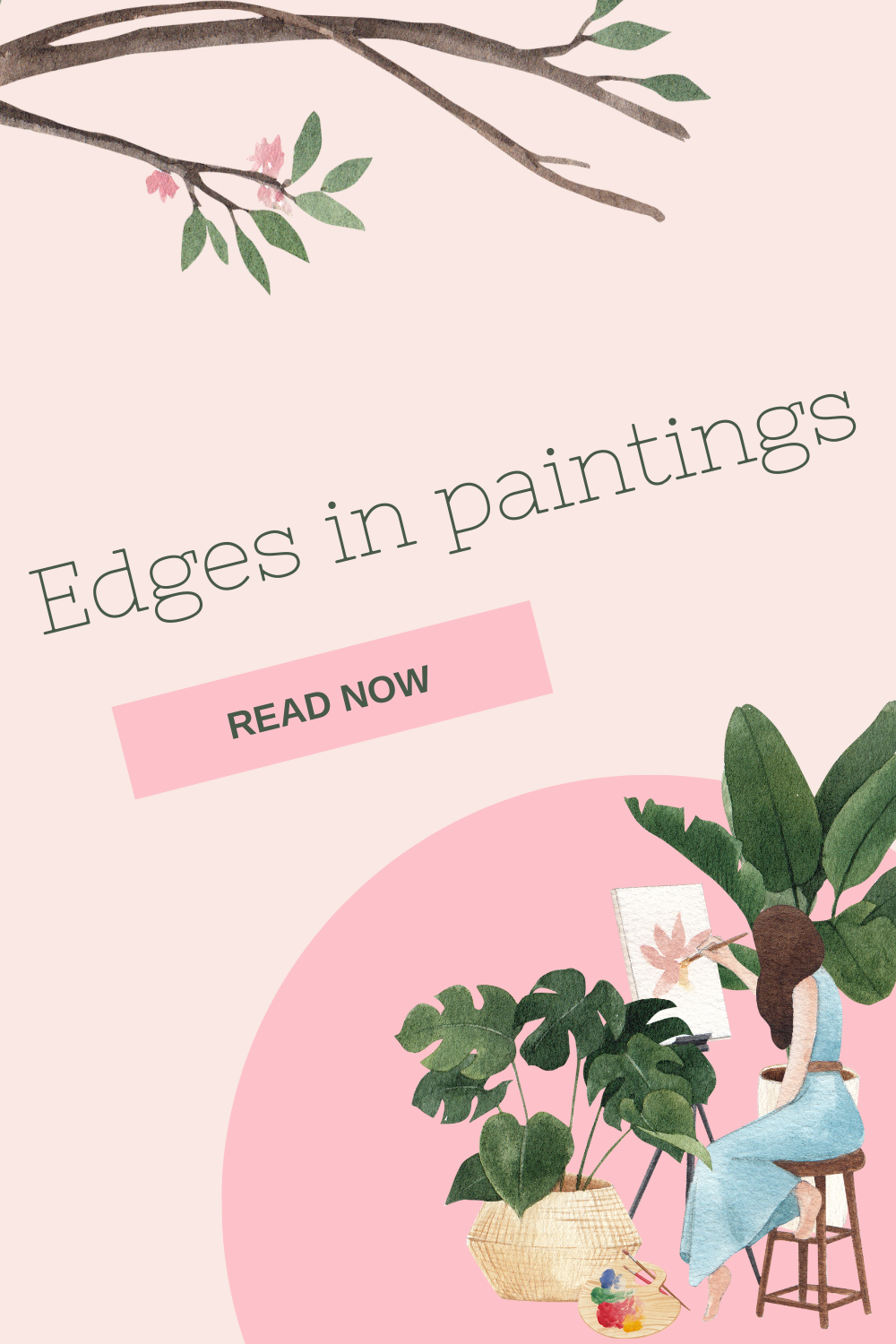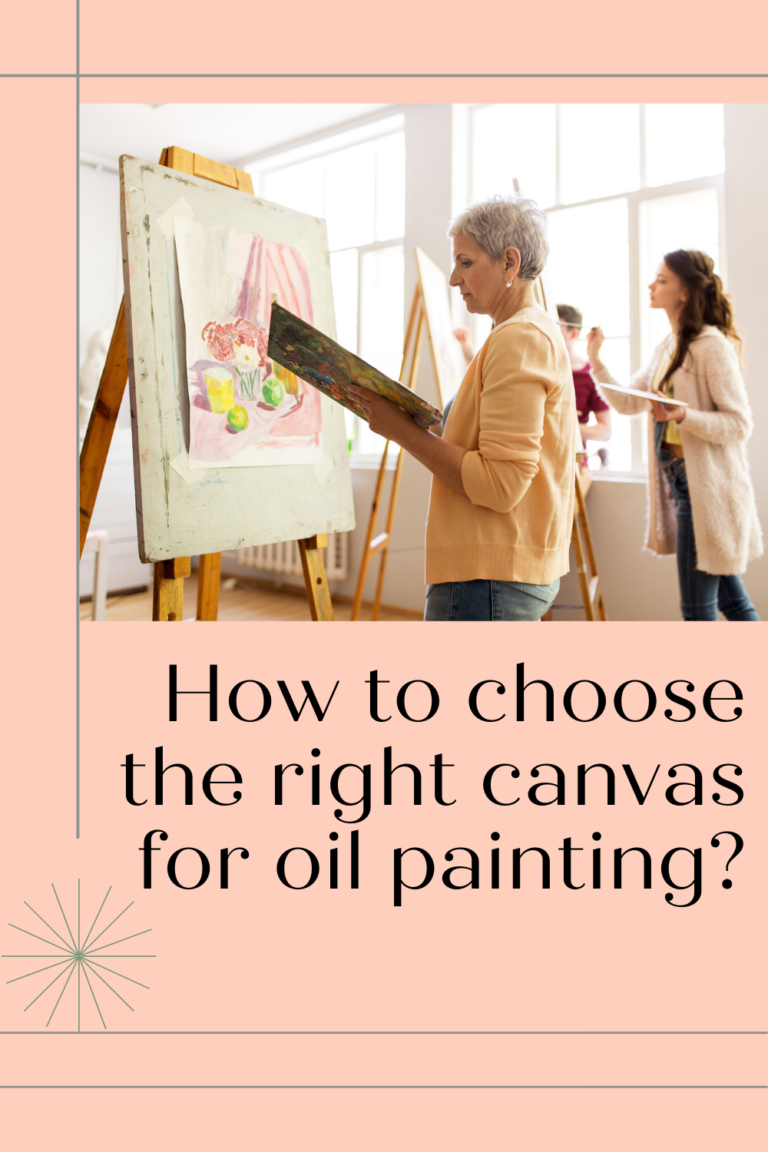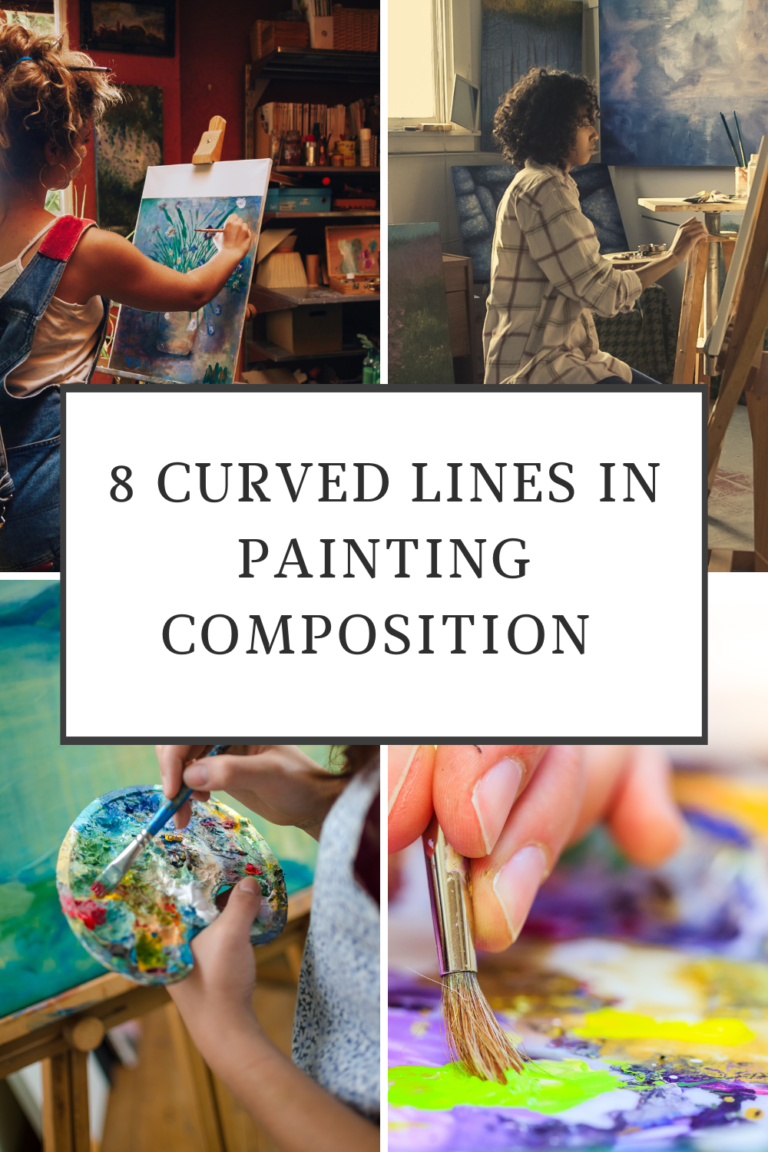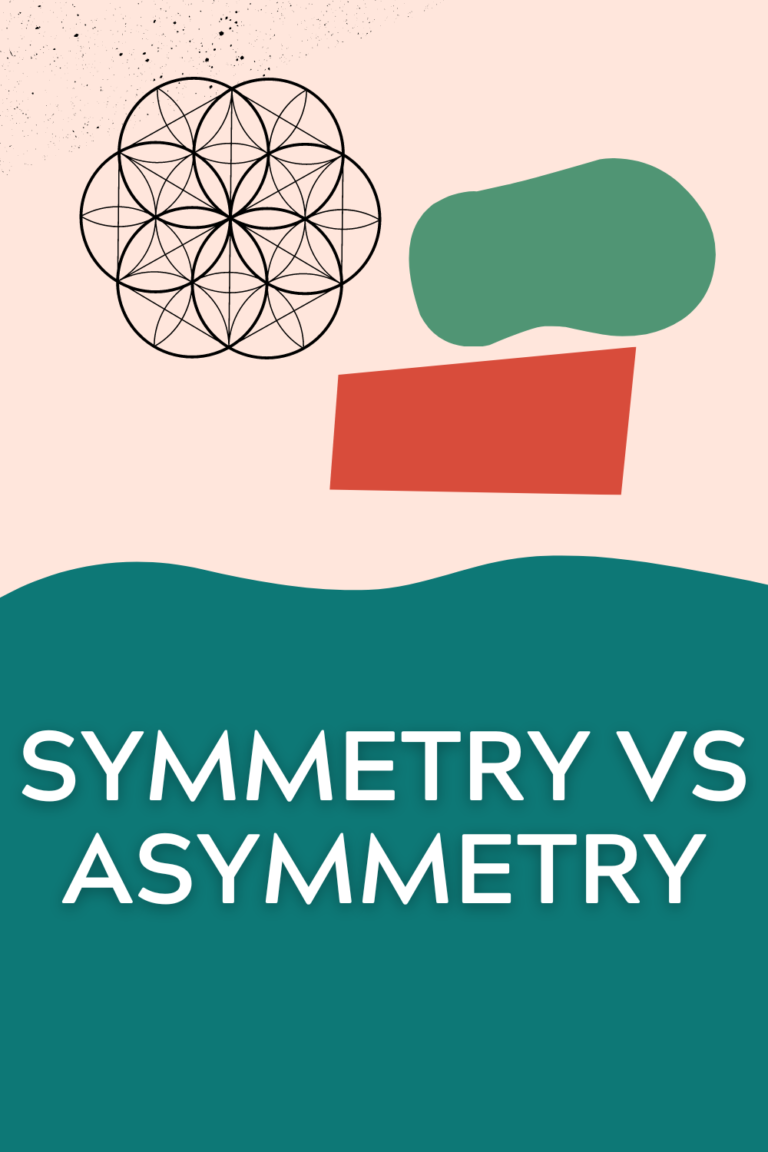Mind your edges—why edges can make or break a painting
Edges are the hidden secrete between a good and a not-so-good painting.
When it comes to creating a visually engaging and dynamic painting, one often overlooked but crucial aspect is the management of edges.
Edges refer to the transition between different shapes, values, or colors within a painting.
It usually takes a trained eye to see the differences edges can make in a painting intentionally. When we were little kids, we always drew clear lines to define every single edge, right?
There are three main functions of edges:
1: Creating Depth and Dimension:
By just differentiating between hard and soft edges, you can create a sense of depth and three-dimensionality.
By manipulating the sharpness or softness of edges, you can suggest objects receding into space or coming forward toward the viewer.
Generally, sharp or crisp edges tend to come forward, while softer or blurred edges recede.
By consciously employing this technique, you can add depth to your paintings, making them more visually captivating.
See this randomly found landscape painting. For example, the foreground is clearly defined. And the further away in the distance, the more blurred edges are. Until the furthest mountain looks almost melted with the sky, thus creating a great sense of depth and interest in this painting.
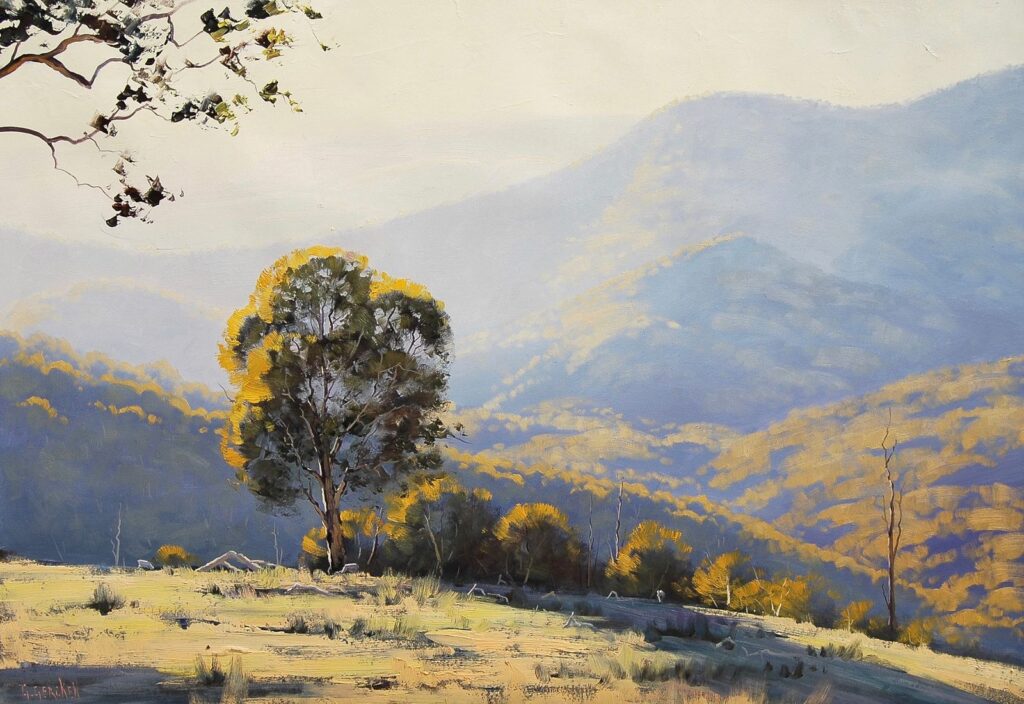
2: Establishing Focal Points:
By selectively sharpening or accentuating edges in certain areas, you can draw the viewer’s eye to specific elements or points of interest in your composition.
Utilize crisp edges for your focal points while keeping the surrounding areas softer to maintain a sense of balance and harmony. This technique can help create a strong visual impact and guide the viewer’s exploration of your artwork.
See this Still Life With a White Mug by Jean Siméon Chardin, ca 1764—The sharp edge of the knife draws the viewer’s eyes right away. Then the mugs and fruits guide the viewer to explore the different colors and shapes of the objects until our glazes are lost in the soft edges in the background.
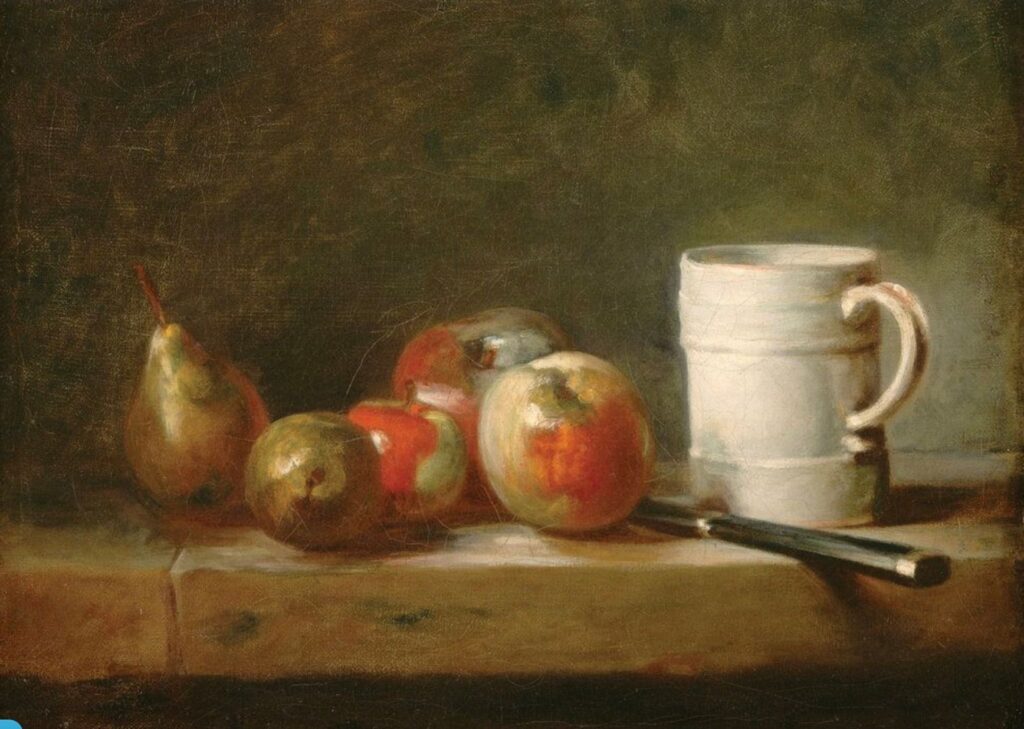
3: Conveying Mood and Atmosphere:
Edges can also be utilized to convey the mood and atmosphere of a painting. Soft and diffused edges can create a dreamy, ethereal ambiance, while sharp and well-defined edges evoke precision and clarity. Experiment with different edge treatments to capture the desired emotional resonance of your subject matter. Whether it’s a serene landscape or an intense portrait, the edges you choose can significantly contribute to the overall atmosphere of your artwork.
One of the old masters of edges is Vermeer. You can see his mastery of edges in his most famous painting: the girl with pearl earrings.
Very few of the edges in this painting are clearly defined. Even the reflection of the earrings, which is a highlight, and high light usually painted with clear edges, was intentionally blurred a little. The emotional effect: evoke a soft, tender, and dreamy mood in every person who ever saw this masterpiece.

Two important things to remember:
1: Avoiding Excessive Detail at the Edges:
While it may be tempting to paint every edge with intricate detail, it is essential to exercise restraint and avoid excessive busyness along the edges. Too much detail can distract the viewer’s eye and create visual clutter. Instead, focus on defining the edges critical to the composition and the story you wish to convey. Leave some edges soft and suggestive, allowing the viewer’s imagination to fill in the gaps and engage with the painting on a deeper level.
This randomly found the image on the internet clearly shows us what NOT to do: please do not paint every detail of a person’s face with hard edges.

2: Alternating Soft and Hard Edges:
A well-balanced painting often incorporates a mix of soft and hard edges. Smooth edges provide a sense of atmosphere, depth, and transition, while hard edges offer definition and clarity. Experiment with both types of edges to create variety and visual interest within your artwork. Use soft edges to blend and connect different elements, and employ hard edges strategically to accentuate specific areas or objects.
I hope this post is helpful! Please leave a comment if you have any thoughts or questions!

